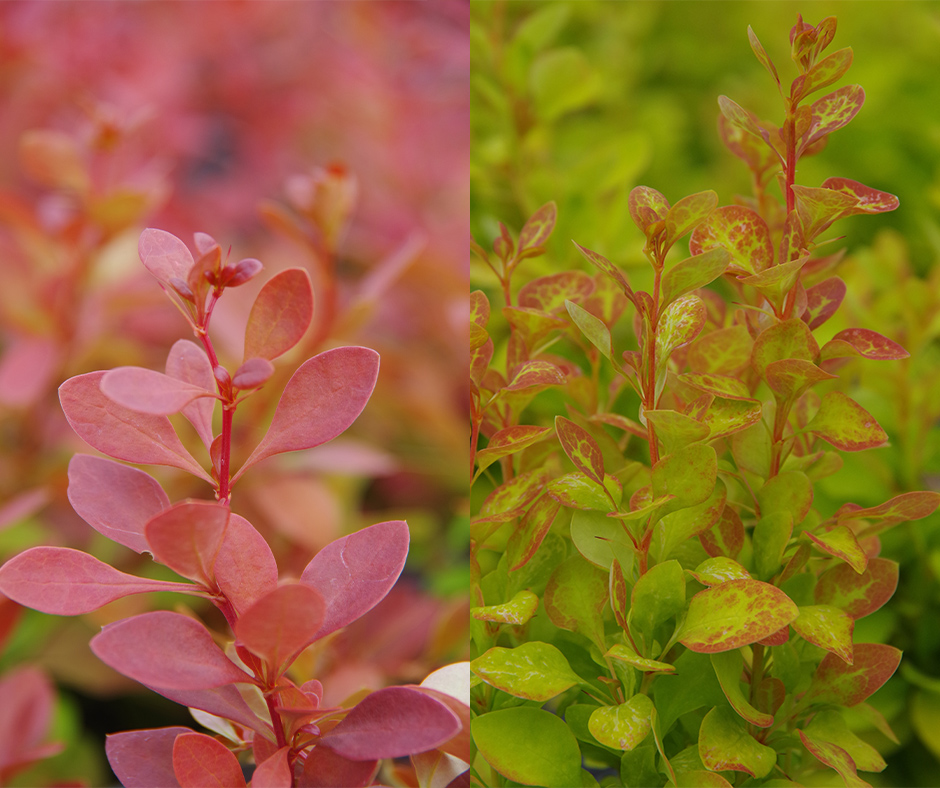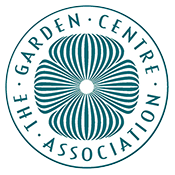
- Learn to love the weeds - they can provide a source of food for the wildlife in your garden when there may not be much else.
- Let it go - the grass that is! Reduce mowing frequency or leave a patch of lawn to grow long, it allows short flowering plants like Daisies and Clover the chance to flower and a home for minibeasts.
- Grow lots of flowers - try to get a source of flowers over as much of the year as possible to give an extended source of food to attract in the bees and butterflies. Leave the seeds and berries for the birds too.
- Dig a pond - a wildlife pond (without fish) is a great garden habitat with benefits including providing homes for amphibians like frogs and newts, and a drinking source for animals and insects. These can be as big or small as you like, but do not forget a sloping side with sticks or stones, so if anything falls in, they can get out. It’s important not to have fish in here as they will eat the insects you are attracting.
- Holey fence - cut a small hole in the bottom of one of your fences to allow small animals like hedgehogs’ access in and out and link habitats together.
- Feed the birds - use a variety of feeders and food to attract a wide range of birds into the gardens. Also, put-up birdhouses to give them a place to nest. The more insects you can encourage, the more food you have for the birds.
- Make a bug hotel - piles of logs, twigs and rocks provide a lovely home for insects in the garden.
- Don’t be too meticulous - like the insect hotel, leaves and debris around the garden provide homes for insects, so don’t clear it all away.
- Grow up - climbers up walls, trees and bushes provide great shelter for wildlife.
- Aim to use as many native plants as possible.
By Webbs


